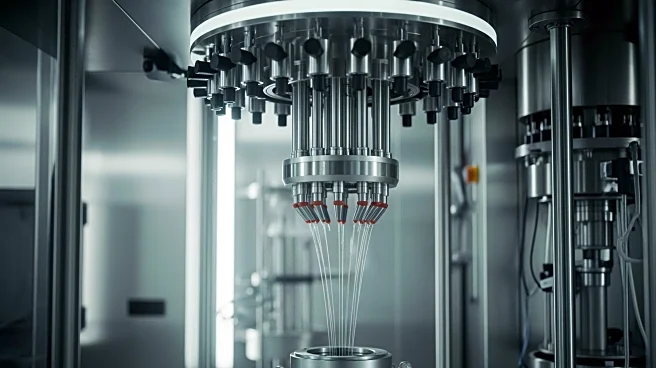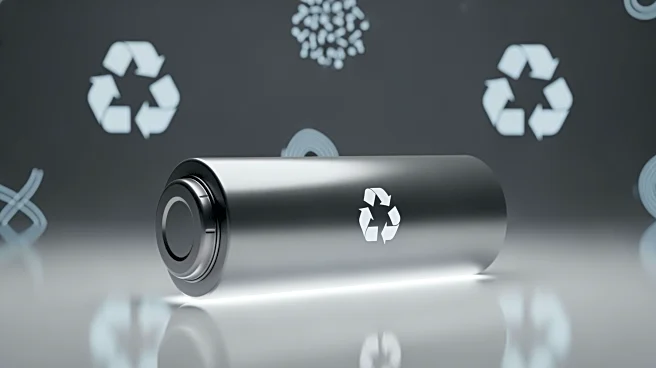What's Happening?
Shibuya Hoppmann, a global leader in aseptic filling and automation systems, has unveiled its Dry Aseptic and ESL Filling Solutions tailored for beverage and dairy manufacturers. These systems are designed
to enhance the efficiency, hygiene, and sustainability of packaging for sensitive, shelf-stable, and high-viscosity products. The solutions utilize dry hydrogen peroxide vapor for decontamination, achieving FDA standards with less than 0.5 ppm residuals. They are capable of handling bottle sizes ranging from 60 to 3,800 mL at speeds up to 1,200 bottles per minute. The systems feature net weight filling with high accuracy, servo-controlled capping, and rapid sterile changeovers, all contributing to improved clean-in-place and sterilize-in-place performance.
Why It's Important?
The introduction of these advanced filling solutions is significant for the beverage and dairy industries, as it addresses critical needs for product safety and shelf stability. By reducing chemical use and lowering CO2 emissions, these systems support sustainable practices and high operational efficiency. The ability to extend shelf life and reduce cold-chain logistics can lead to cost savings and environmental benefits. Manufacturers of low-acid and high-acid beverages, dairy, and plant-based products stand to gain from improved traceability and quality assurance through real-time monitoring and data collection.
What's Next?
As Shibuya Hoppmann's solutions meet FDA aseptic process standards, they are poised to be adopted widely across the industry. The systems' capability for continuous aseptic operation without interruption suggests potential for increased production efficiency. Stakeholders in the beverage and dairy sectors may explore integrating these solutions to enhance their product offerings and operational sustainability. The focus on tool-less changeovers and sanitary design indicates a shift towards simplified maintenance and consistent uptime, which could influence future industry standards.
Beyond the Headlines
The deployment of these filling solutions may lead to broader implications in the packaging industry, particularly in terms of ethical and environmental considerations. The reduction in chemical use and emissions aligns with global sustainability goals, potentially influencing regulatory policies and consumer expectations. As manufacturers adopt these technologies, there may be a cultural shift towards prioritizing eco-friendly practices and transparency in production processes.











